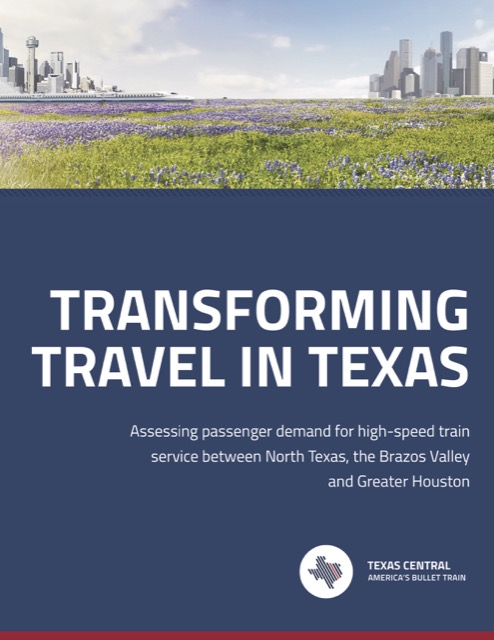A new study estimates that self-driving cars will save the United States more than $300 billion per year. The study adds up the costs of traffic accidents and assumes that self-driving cars will reduce accidents by 90 percent. That’s optimistic, but the study doesn’t even count the savings due to congestion relief, increased productivity while traveling, and the reduced cost of delivering goods and services.
On the other hand, one analyst estimates that self-driving cars will “wipe out 4 million jobs.” A taxi- and limo-driver lobby group has already begun to lobby the New York legislature to protect jobs by banning self-driving cars.
This is where it is important to understand the difference between benefits and costs. Jobs are not a benefit; income is the benefit. Jobs are costs: if more income can be produced with fewer jobs, everybody gains. That includes the people whose jobs are lost because–at least if the society is reasonably mobile–they can find better jobs instead, paid for out of the money people saved by reducing costs.








